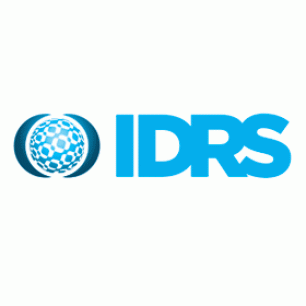The Illicit Drug Reporting System (IDRS) is an ongoing illicit drug system funded by the Australian Government under the Substance Misuse Prevention and Service Improvement Grants Fund. The IDRS has been conducted in all states and territories of Australia since 2000. The purpose of the IDRS is to provide a coordinated approach to monitoring the use of illicit drugs – in particular, heroin, methamphetamine, cocaine and cannabis. It is designed to be sensitive to trends, providing data in a timely manner, rather than to describe issues in detail. Therefore, the IDRS can provide direction for more detailed data collection on specific issues.
The complete methodology consists of three components: interviews with people who regularly inject drugs (PWID); interviews with key experts (KE), people who, through the nature of their work, have regular contact with PWID or knowledge of drug trends; and an examination of existing indicator data sources related to illicit drug use, such as opioid overdose data, treatment data, and purity of seizures of illicit drugs made by law enforcement agencies. These three data sources are presented in order to minimise the biases and weaknesses inherent in each one, and to ensure valid emerging trends are documented.
The primary aims of the 2013 national IDRS were:
- to document the price, purity, availability and patterns of use of the four main illicit drug classes in this country, primarily focusing on heroin, methamphetamine, cocaine and cannabis
- to document risks and harms associated with drug use
- to detect and document emerging drug trends of national significance that require further and more detailed investigation


